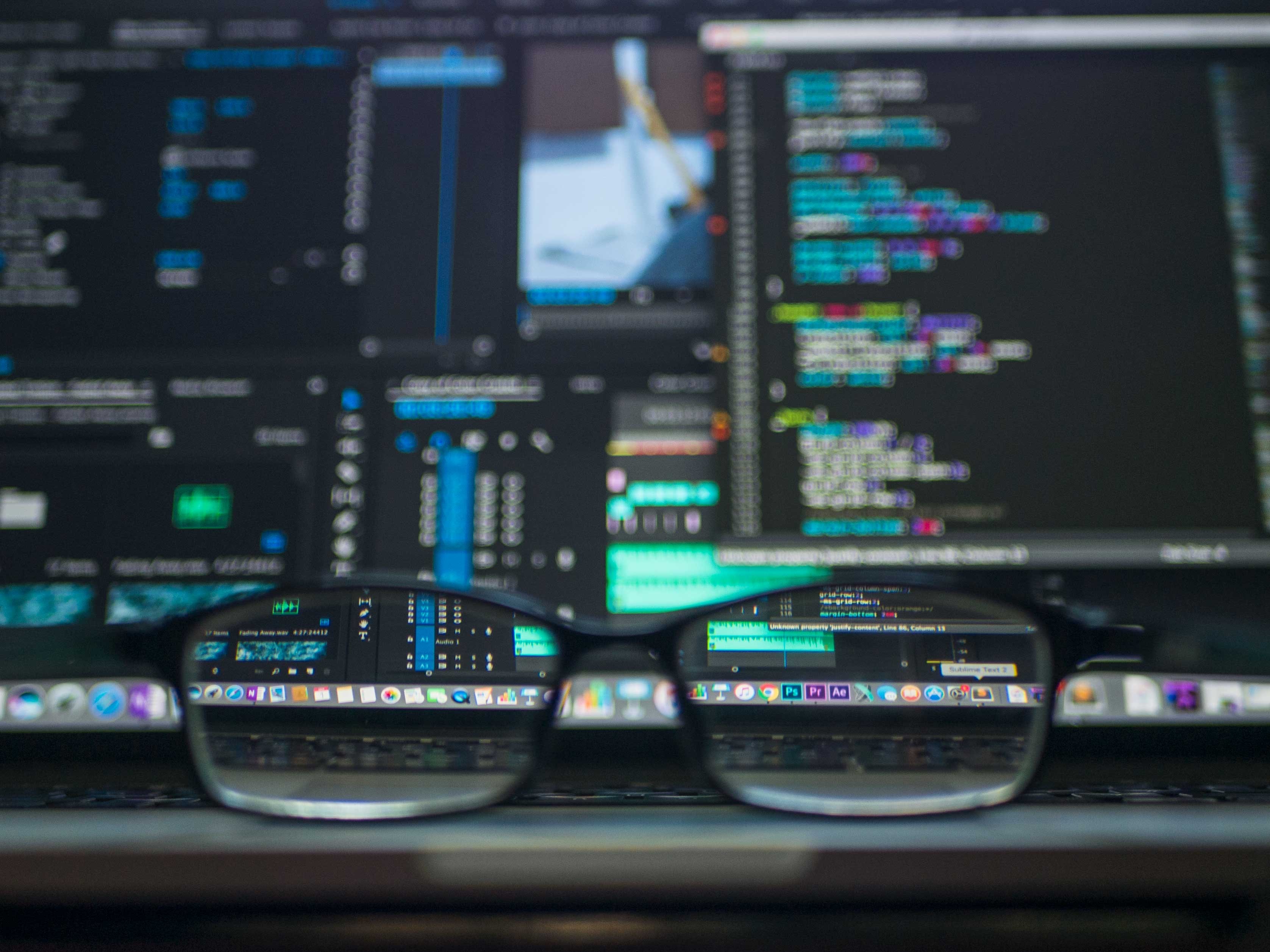How Machine Learning Is Having an Impact on Education
Discovery Education has partnered with Amazon Web Services to enhance its platform with machine learning. It’s one of many ways machine learning is being used in K-12 today.

Krynica Drake, the educational technology specialist at Atlanta Public Schools, believes in the potential of machine learning in education but acknowledges it can be unsettling at times.
“It seems a little scary because it's almost like, ‘Okay, why is this machine in my brain knowing what's next when I need it?’” Drake says.
Machine learning is a branch of AI (artificial intelligence) that involves computer systems that are able to learn and adapt on their own. While it’s fun to joke about the bad sci-fi movie potential of the technology, it can help educators and students in serious ways.
“Educators are using machine learning to identify students that need support earlier and act to improve success and retention,” writes Kim Majerus, vice president, U.S. public sector education, state, and local government at Amazon Web Services, in an email. “Machine learning is also expanding the reach and impact of online learning content through localization, transcription, text-to-speech, and personalization.”
Data gathered through machine learning is also informing education decisions related to operational efficiency, student retention and graduation, and cost reduction.
As with other technologies, machine learning applications for education are designed to save teachers and students time, not replace the teacher-student connection. “It’s best used to complement and support educators and help them spend more time doing what they do best – interacting with their students – and less time doing other less critical repetitive tasks,” Majerus says.
New Horizons -- And Partnerships
Machine learning in education recently got a boost when Discovery Education announced that it has enhanced its K-12 learning platform with Amazon Web Services’ (AWS) machine learning capabilities through Amazon Personalize, which allows AWS customers to build apps that employ machine learning.
Tech & Learning Newsletter
Tools and ideas to transform education. Sign up below.
Machine learning will help educators using Discovery’s educational platform by sifting through the resources available and providing personalized recommendations of content based on the grade level taught, subject matter, and resources the user has expressed interest in previously. The recommendations will improve as time goes on as the program adapts to each individual’s unique behavior and needs.
“Discovery Education used data that tracks user clicks – marking a record when a given user
interacts with a specific piece of content, along with an event type, such as viewing,
downloading, or sharing,” says Majerus. “This enables Discovery Education’s platform to analyze data at scale about how each participant navigates through and interacts with resources, identifying behavioral patterns.”
While Discovery has always offered recommendations of content to educators, the algorithm they used to use tended to be more programmatic.
“We know you're a science teacher, and so ‘Here's some science content,’” says Pete Weir, chief product officer at Discovery Education. “The machine can infer that a science teacher may also be interested in differentiation. And so the machine is going to get better and better at surfacing those kinds of ancillary types of topics.”
He adds, “What we're trying to do is let teachers spend more time with their students, less time looking for content.”
The Future of Machine Learning in Education
While machine learning is widely used by education apps, the technology and uses are still constantly improving.
“For us, we're, we feel like we're just in the early innings of using machine learning,” Weir says. “Our goal at the end of the day, is to use machine learning to better match what we know about our educators, and what we know about our students, and how our platform is being used, and make a better, more personalized recommendation.”
In addition to Discovery’s platform, Drake recommends machine learning apps such as Microsoft Education’s Immersive Reader and Reading Progress, a tool within Microsoft Teams that lets students record themselves reading a passage and then assess how well they read it or with which words they struggled.
Ultimately, all these tools are not designed to be used by students on their own. “You still have to be the teacher,” Drake says.
Erik Ofgang is a Tech & Learning contributor. A journalist, author and educator, his work has appeared in The New York Times, the Washington Post, the Smithsonian, The Atlantic, and Associated Press. He currently teaches at Western Connecticut State University’s MFA program. While a staff writer at Connecticut Magazine he won a Society of Professional Journalism Award for his education reporting. He is interested in how humans learn and how technology can make that more effective.

